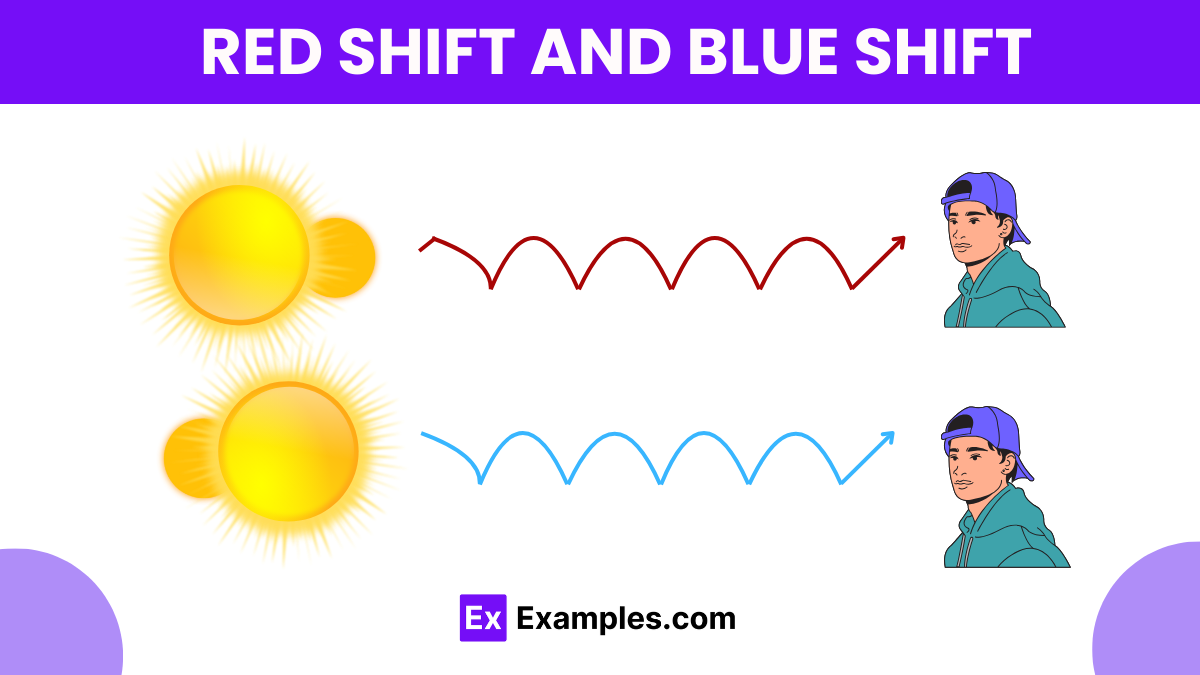What does the Doppler Effect describe?
Change in frequency due to motion of the source or observer
Change in amplitude of a wave
Reflection of light from a surface
Diffraction of sound waves


The Doppler Effect refers to the change in frequency or wavelength of a wave in relation to an observer moving relative to the source of the wave. It is commonly observed with sound waves as a change in pitch but also applies to electromagnetic waves, including light. This phenomenon is a fundamental concept in various fields of physics, underpinning applications like radar and medical imaging, and is consistent with the laws of mechanics which govern motion and forces in the universe. Understanding the Doppler Effect requires a grasp of basic physics principles, including wave propagation and the effects of relative motion.
The formula for the Doppler Effect depends on whether the wave source, the observer, or both are moving, and it differs for sound and light due to the different propagation mediums.
where:
For light and other electromagnetic waves, where the speeds involved are close to the speed of light, the relativistic Doppler Effect formula is used:
where:
These formulas allow you to calculate how the frequency perceived by an observer changes due to motion relative to the source of waves.
Situation: A police car with a siren emitting a frequency of 500 Hz is moving towards a stationary observer at a speed of 30 m/s. The speed of sound in air is approximately 340 m/s.
Using the formula:
f′ = (v+vₒ/v−vₛ)f
Here, 𝑣=340v=340 m/s (speed of sound), 𝑣ₒ=0 m/s (observer is stationary), 𝑣ₛ=30 m/s (source moving towards observer), and 𝑓=500 Hz.
𝑓′ = (340+0/340−30)×500 𝑓′ = (340/310)×500 = 548.4 Hz
So, the observer would hear the siren at approximately 548.4 Hz, a higher pitch than the original due to the police car moving towards the observer.
Situation: A distant star is moving away from Earth at 10,000 km/s. The light emitted from the star shows a characteristic emission line at a wavelength of 500 nm (nanometers). The speed of light is approximately 3×10⁵ km/s.
Using the relativistic Doppler formula: f′ = f √1+β/1−β where 𝛽 = 𝑣/𝑐.
𝛽 = 10,000/300,000 = 0.0333
To find the observed frequency, we first calculate the observed wavelength using the formula for wavelength change: 𝜆′ = 𝜆√1+𝛽/1−𝛽
𝜆′ = 500√1+0.0333/1−0.0333 = 516.7 nm
The observed wavelength of 516.7 nm is longer than the emitted wavelength, showing a redshift, indicative of the star moving away from Earth.
These examples show how the Doppler Effect formula is applied in real-world scenarios involving sound and light.

The Doppler Effect in light is a phenomenon observed when there is relative motion between a light source and an observer. It results in a shift in the frequency and wavelength of light, which can be observed as a change in color. Here’s a detailed look at how it works and its significance:
Yes, the Doppler Effect is widely used to measure the speed of objects. In radar technology, it helps measure the speed of vehicles, and in astronomy, it helps calculate the speed at which stars or galaxies are moving towards or away from us. This measurement is crucial for various applications, from traffic enforcement to understanding universal expansion.
The Doppler Effect is crucial in cosmology for studying the universe’s expansion. Observations of the redshifts in the light from distant galaxies have led to the understanding that the universe is expanding, supporting the Big Bang theory and helping map the large-scale structure of the cosmos.
For sound waves, if the source is moving toward the observer, the frequency of the sound increases, leading to a higher pitch; if the source is moving away, the frequency decreases, leading to a lower pitch. The effect is due to the compression or stretching of sound waves caused by the motion of the source or the observer.
Text prompt
Add Tone
10 Examples of Public speaking
20 Examples of Gas lighting
What does the Doppler Effect describe?
Change in frequency due to motion of the source or observer
Change in amplitude of a wave
Reflection of light from a surface
Diffraction of sound waves
When a sound source moves towards you, the pitch of the sound:
Stays the same
Decreases
Increases
Disappears
Which of the following is an example of the Doppler Effect in everyday life?
Echoes from a canyon
Sound of a car engine starting
Siren of an ambulance passing by
Whispering in a quiet room
What happens to the frequency of a wave when the observer moves away from the stationary source?
Frequency increases
Frequency decreases
Frequency remains the same
Frequency becomes zero
Which physical principle is applied in radar speed guns used by police?
Reflection
Refraction
Diffraction
Doppler Effect
If a star is moving away from Earth, the light observed from the star will be:
Blue-shifted
Red-shifted
Green-shifted
Yellow-shifted
If an observer moves towards a stationary sound source, the wavelength of the sound waves:
Decreases
Increases
Remains the same
Becomes zero
The Doppler Effect can be observed in:
Only sound waves
Only light waves
Both sound and light waves
Only water waves
In medical imaging, the Doppler Effect is used in:
X-rays
MRI
Ultrasound
CT scan
What happens to the frequency of light from a galaxy that is moving towards the Earth?
It remains unchanged
It is red-shifted
It is blue-shifted
It becomes zero
Before you leave, take our quick quiz to enhance your learning!

